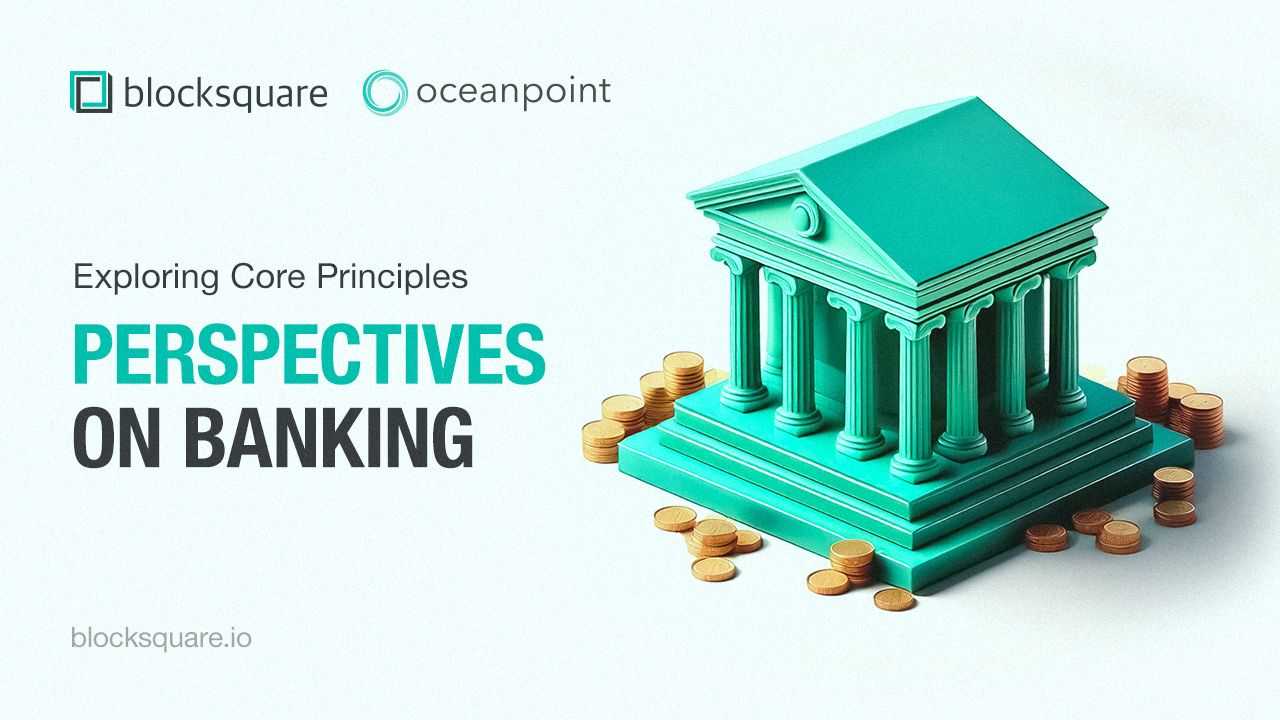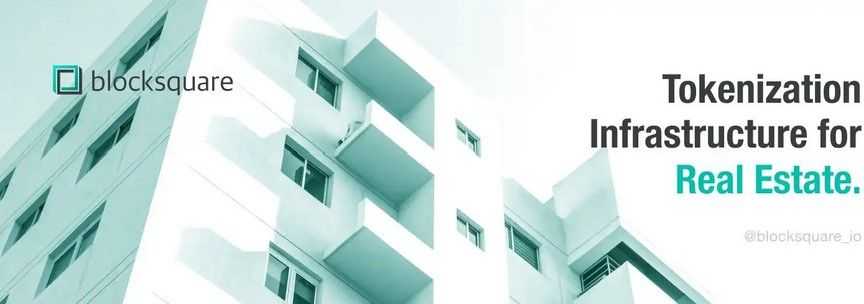Perspectives on banking: Exploring core principles
Another blog by one of our board advisor's - Fergus Murphy, global Institutional banking expert, explores the evolution of banking, highlighting the transition from traditional fiat systems to modern decentralized finance, while addressing historical milestones, technological advancements, and the future of financial services.


Perspectives on Banking: Principles and Future Directions
Continuing with some perspectives on banking, I have jotted down some basic principles and truisms that I always hold close when considering banking activities and thinking about where banking might go in the future.
Banking is a Long-Term Business
Banking must be managed by management teams as a long-term industry; this should be inculcated into the culture of the banks. This is likely to reduce banking risk over-reach (or indeed under-reach!) and result in a somewhat smoother transmission of money.
The Data Curve
Banking has been based on intermediating on a "money curve" between borrowers and lenders/depositors for centuries. Banking is now also intermediating on another curve, the data curve. Banks still hold more data and more valuable data on customers than any other industry, product supplier, etc., and are still trusted significantly to manage that data.
That data is valuable; if permissioned properly and used intelligently, it builds rich insight into customer needs and wants, behaviors, and affordability, and can therefore be utilized in the service and enablement of the customer. The data curve will be more important than the money curve in the future; it will drive the money curve. For example, credit approval algorithms, AI, IoT, geo-spatial data, and biometrics will drive the fundamental banking offerings of lending and accepting deposits.
Customer Care
Customer care , consumer duty, customer outcomes, customer protection ; call it what you will, depending upon what jurisdiction you are in. Having the customer at the center of everything a bank does is the only way forward. This starts with culture and training: "What do we do when no one is looking?" Again, it comes back to banking being a "long game," with no shortcuts.
If you look after the customer, the customer will look after you. This is particularly critical because banking and finance are such fundamental parts of our lives, probably next to health care. Being able to participate in society and economy generally requires access to a medium of exchange and a store of value. That typically falls to the central bank and commercial banks to provide (although as we will discuss, in the web 3 world of decentralized services, that may change somewhat!).
Customer Value Management (CVM)
I am a huge proponent of CVM and providing the customer (and the bank) with value through every phase and stage of the customer's (financial) journey through their lives. This requires good onboarding, good products, great retention, great customer care and data, and again a long-term perspective on how a bank "makes money." A bank can only be sustainable if its customers stay with it over the long term. The product offerings are almost always long-term; thus, a short-term approach to engaging with customers and managing the bank is exactly the wrong approach!
As I get older, I wonder more about bank "quarterly earnings" and short-term actions , the "urgent keeps getting in the way of the important." This results in incorrect or confused prioritization of priorities and resource use (investment money, people, time).Great Customer Value Management involves developing good data (the data curve!), reliable, reusable, accurate, relevant, timely data. The data strategy and architecture are key cornerstones.
This enables building the famous Single Customer View (SCV), a very difficult concept to actualize . The holy grail of CRM. With great CRM, we can build great CVM: retention and loyalty (probably through rewards), as every customer wants to feel that their business is appreciated. The best brands make customers feel they are part of a club with a shared approach to things. Forgive me for allowing the assonance to flow! But this is where the "anytime, anyplace, anywhere" customer culture and service will flourish.
Now for some alliteration! The "complete, consistent connected" set of propositions and services will result in great customer care because you are looking after the customer through onboarding, approval, drawdown, repayment, and maturity. And YES!…the oft-described "Share of Wallet" (SoW), which is basically about a bank growing its relationship and earning the trust of the customer so that they will consider the bank for more relevant services. As the bank continues to build this virtuous loop (data, relationship management, product sales and services), it becomes better at describing, predicting, and prescribing relevant Next Best Actions (NBA's) . Basically products and services and should confidently present these products for sale. "Sales" needs to stop being a dirty word in banking.
Banks must sell to stay in existence (or more nicely put: "to be sustainable!"), just like every other company in every other sector. But selling must be done within comprehensive guardrails described above , thus providing customers with Intelligent Personal Financial Services (IPFS). Yes, we have an acronym for everything! (The acronyms have kept consultants and executives in jobs for a long time!). Overall, it sounds pretty easy this CVM approach!
Of course it is incredibly difficult to build the culture, tech stack/data, products and propositions along with a CVM strategic approach, but it is the bar that has to be jumped if a bank wants to be successful.
Old Versus New
This leads me to say that I think it's easier to start a bank than transform one. It is of course very difficult to obtain a banking license (rightly so), but it is easier to start with a blank sheet of paper and build a modern data-led microservices organization and open banking/API cloud-based AI-enabled , than to plug, bridge, patch, retire or replace old legacy banking databases and platforms. That's a tough gig when dealing with something as sensitive as a customer's money ("the artery of economy") and data ("who they are and what they do"). But that's the challenge for incumbent banks; it is multi-decade challenge. If anyone tells you it isn't then I don't think they should be considered credible.
One question often asked connected to all this is: "Should the bank upgrade or replace current systems?" A new mortgage platform? A new savings platform? A new investments platform? Should they try to bring them all together in an SCV or decide to "buy a bank in a box off-the-shelf," booking all new business from Monday morning while slowly winding down old systems? Sorry to sit on the fence! But it depends…I'd go with whichever option has the least bridges/interfaces between systems, that's likely simpler architecture technology design/stack.
Ecosystem Banking/Marketplaces
Banking is very cognitive; it's not very imaginative . Money is boring but useful in our lives as it exists literally as a "medium of exchange." It gets you where you want to go or what you want to have. Most things we appreciate in life are more experiential, the satisfaction of achieving something or joy from experiences like holidays or setbacks. Many great brands can tap into this basic experiential nature through their products; sadly this isn't easy in banking. Banking remains utilitarian: A loan is just a loan; a deposit is just a deposit , despite huge marketing efforts from banks trying to differentiate themselves. Very few really do; it often comes back to price terms or conditions.
Is a first-time buyer about to take one of life's biggest decisions more likely to choose the cheapest mortgage or one from "the cool bank" with an appealing marketing campaign? No need for an answer here! The reality reflects that 65% of markets like UK mortgages are broker-dominated.
The answer for banks lies in excellence across everything they do: good pricing practices combined with fair treatment for customers along with strong branding presented well in marketplaces. But how does banking become more "real"? Money suffers from not being tangible unless you have cash on hand , which increasingly you do not! Yet money created through banking represents an artery for economy/capitalism in our lives; it embodies mediums for attaining hopes/desires like homes or cars
We need banking conversations that connect directly with experiences enabled by financial services , this can be achieved through ecosystem and marketplace banking enabled by digitization. Banks can run marketplaces where all products/services are offered alongside other real-life offerings . Lifestyle goods or capital-intensive items like cars , all tied together by loyalty discounts/offers that show customers their business is appreciated. This encourages customers to share their data responsibly because it's utilized effectively for their benefit. Money flows through these connections while banks act as spiders weaving webs around loyalty/rewards programs capturing appreciation for business , a two-way value exchange fostering positive experiences.
No other industry connects so intimately with daily life; thus there remains immense opportunity for incumbent banks that can foster feelings of safety and a sense of belonging within their ecosystems where win-win scenarios thrive alongside enjoyable gamification experiences paired with serious financial enablement offers.
Fundamentally this compels bankers not losing sight of critical functions like credit assessment or portfolio management and to think much more about being orchestrators. Marketplaces where they hold unique advantages compared against companies selling shoes or hotels lacking raw sales and marketing skills previously shunned post-GFC!
The prize lies within ecosystem banking: seamlessly integrating both data and money curves. This creates opportunities for earning lasting loyalty throughout customers' lifecycle , this embodies true customer value management!
